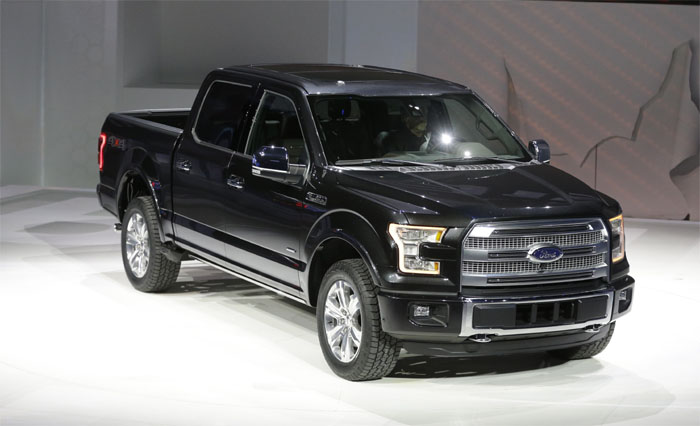Automotive LED lights will see a bright future
14-02-2014
LED lights applications are gradually maturing following the increase in LED lighting and rapid price drops. High entry barrier and cooperation stability makes the automotive led lights market a field LED manufacturers are hoping to break into. Lighting Japan 2014 therefore increased the number of automotive LED lights application conferences. Global automotive lights manufacturer Stanley Electric was invited to discuss LED development in the automotive lights market and speak about the new ADB (adaptive driving beam) headlight which is able to automatically adjust the headlight to suit the situation.
Headlight technology has already moved from a fixed beam to a beam which can adjust to the surrounding environment, according to Stanley. Technology has even gone one step further with the development of adaptive front lighting system (AFS), where the optical axis of the headlamp is directed toward the direction of the steering angle when cornering in night driving to light the traveling direction of the automobile,increasing visibility. ADB technology is paired with camera modules installed in the headlights to sense the direction of oncoming vehicles in order to adjust the angle of the high and low beams, as to reduce distraction to other drivers. This will also reduce sparkle which can affect the driver’s field of vision. ADB technology will also help to realize best lights distribution corresponding to the circumstance and oncoming traffic.
During a conference about the outlook of automotive led lights at Light Japan 2014, Stanley talked about the development of headlights. There are three different types of headlights, which include reflector type, projector type, and direct projection type. These three different styles of headlights can satisfy the different cost needs of automotive manufactures.
LED reflector type headlights are the lowest in cost within the three types, as they use an original light source and low and high beams are structures by 1 unit, which gives them the advantage of a lighter weight body and long shelf life. Projector type headlights are small in size and occupy a small space. Low beams are structured by 2 units.
Direct projection type has a wide lighting area, uses original light source with high color temperature, thin lamp body, low power consumption, and long shelf life. High beams are structured with 1 unit and low by 4 units in total, each unit for each lighting angle. This headlight technology can be used in ADB designs.
Stanley pointed out in regards to LED entrance into automotive lights application opportunities that the willingness to use LEDs by automotive manufactures comes from their safety and high reliability. Additionally, LEDs have a longer shelf life compared with HID with 3000 hours, are brighter, and more favorable towards application in AFS. LEDs are also a greener solution and lighter in weight due to LED optical components using resin material. They are also more flexible for use in exterior designs.
The target in headlight design is to improve driver visibility and night time driving safety, said Stanley. Automotive manufacturers are also attracted to the low power consumption from automotive LED lights. Due to safety and functionality, Stanley believes that it is highly possible LED lights will be used in various automotive lights designs.


